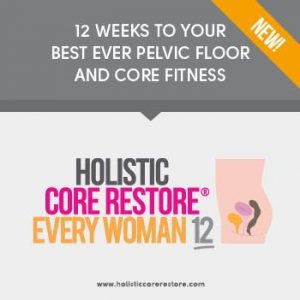Should I leak when I run?
Running is great for mental health, being outdoors provides fresh air, a new perspective and the pounding of your feet in a rhythm can help your thought processes.
However it is also known that the impact of running can elicit symptoms of stress urinary incontinence. That little bit of leaking that you get when you run, or the need to wear a pantyliner/pad is not how our bodies were designed to function and is a symptom that there is a bigger issue.
So should you run whilst you leak?

A review of 28 studies on continent and stress incontinent women showed the timing of pelvic floor activity in relation to movement was key. What does this mean? It means that co-ordinating your pelvic floor with your movement is crucial. This is something that comes with practice. Like any muscle the pelvic floor is one that needs training, but not just on it’s own via kegels. Don’t get me wrong, kegels are definitely useful and have a big role, but these need to be integrated into movement. So if your pelvic floor is not functioning properly when you run, it’s all about practicing moves to prepare for running using pelvic floor cues as well.
Does this mean you may need to stop running whilst you train your pelvic floor? Yes it may do, for a short period of time. Now whilst I completely understand that it is so hard to stop doing an exercise that you love and that is so helpful to you, there is a bigger picture to be seen. If you have the symptoms of leakage then continuing to put impact through a weak muscle can lead to it worsening. This could lead to prolapse, a condition where the pelvic organs descend… and you having to stop running for longer.
Think about it this way, if you had an injury in another muscle, such as a hamstring, then you would seek advice, possibly have some physio, work on exercises to rehabilitate and take time out from running whilst it healed. So why is the pelvic floor any different?
I’m running some brilliant courses that will help you get your pelvic floor up to speed.
Everywoman is a 12 week course with 6 weeks of in person classes and homework, then 6 weeks of online classes. Full support provided including some help with nutrition and stress regulation.
Next course starts in November
Athlete 12 is for you if your pelvic floor is already ok (no leaks) and you have already done come core work first. If you want to get stronger and fitter, it is a brilliant aid to improving your performance and having coached support without paying for a PT each week. This is a 12 week online course with workouts delivered to you and support from myself.
Want to sign up? Drop me an email [email protected]








